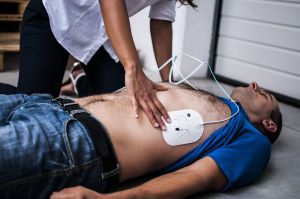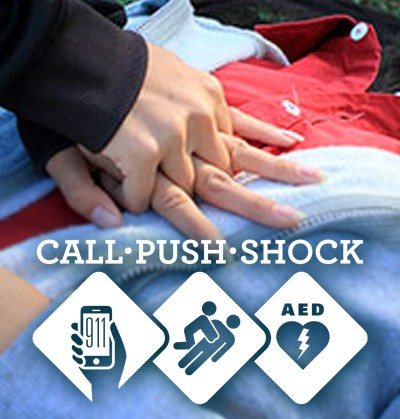
Researchers in the Netherlands assessed changes in survival following out-of-hospital cardiac arrests (OHCAs) in the Nijmegen area, since several initiatives over the years have resulted in more lay volunteers providing cardiopulmonary resuscitation (CPR) and increased use of AEDs.
Using a prospective resuscitation registry with a study cohort of non-traumatic OHCA cases from 2013–2016 and historical controls from 2008–2011, they assessed bystander CPR, AED use and outcome in the Nijmegen area.
In patients admitted after OHCA, survival to discharge has markedly improved to 40–50%. This improvement is similar with other Dutch registries. Findings also highlighted the role of increased bystander CPR and the doubled use of AEDs and therefore, suggest encouraging all civilian-based resuscitation initiatives.
They state:
-
To improve awareness and performance of early cardiopulmonary resuscitation (CPR), a network of first responders (i. e., firefighters/police), national awareness campaigns and local initiatives to improve lay person CPR have been employed, including strategies to ensure 24/7 automated external defibrillator (AED) accessibility.
-
We found higher rates of bystander CPR and AED use in our current cohort of cardiac arrest patients than in a historical cohort, as well as higher survival.
-
Our findings support continued efforts to increase bystander CPR and AED use.
Read the journal article here.
SOURCE: MDLinx Internal Medicine
